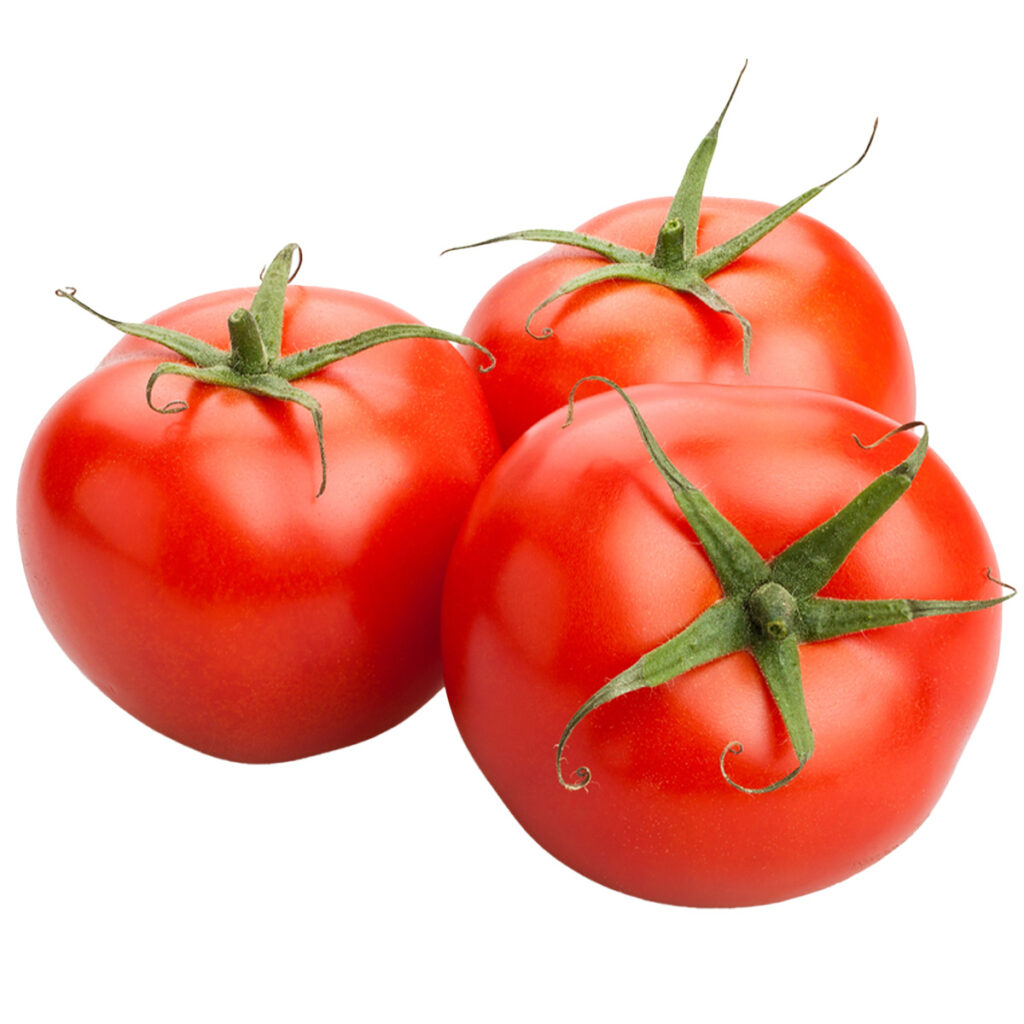

Tomatoes are a primary staple vegetable which are consumed abundantly across the globe, used in a wide range of dishes, in practically every country and culture. They contribute greatly to any cuisine with their diverse flavor and beneficial nutritional properties.
The history of tomatoes has been widely debated and the consensus on their origin has changed considerably and quite often over this past century. Although, many scholars agree that our modern-day tomato was first naturally hybridized more than 80,000 years ago, somewhere in the Peruvian region of a South American mountain range known as the Andes.
A likely reason why tomatoes have been such a widely spread favorite around the world is the valuable “Cost : Benefit” ratio that they provide. Given their very reasonable price range, they pack a seriously powerful nutritional punch when compared with some of the other agricultural products, as far as value for the price goes; in addition to convenience.
They are classified as a nutrient dense superfood by many nutritionists and dieticians; boasting high concentrations of many crucial vitamins, minerals, and phytonutrients which can be difficult to find in other mainstream food sources. For example tomatoes are great sources of vitamin E, vitamin k, folate, vitamin C, high levels of potassium, significant levels of copper, “Pre-vitamin A” Carotenoids such as lutein and beta-carotene, “non-vitamin A forming” carotenoids such as lycopene and zeaxanthin, plus many polyphenol compounds as well.
This combination of important yet hard-to-get nutrients really separates tomatoes from the rest and brings them a great deal of respect in the eyes of many health professional. Especially given their price. They are really an underestimated and underappreciated gift from nature.
The abundant lycopene content of tomatoes alone is a very impressive and unique feature offered by the famous fruit. With a free radical absorbance capacity score of 6000(ORAC), it is one of the most powerful antioxidant compounds available to us today.
In regards to taxonomical classifications, the tomato producing species Solanum Lycopersicum is a member of the family Solanacea which is in the order Solanales, under the class Magnoliopsida (dicotyledon).
